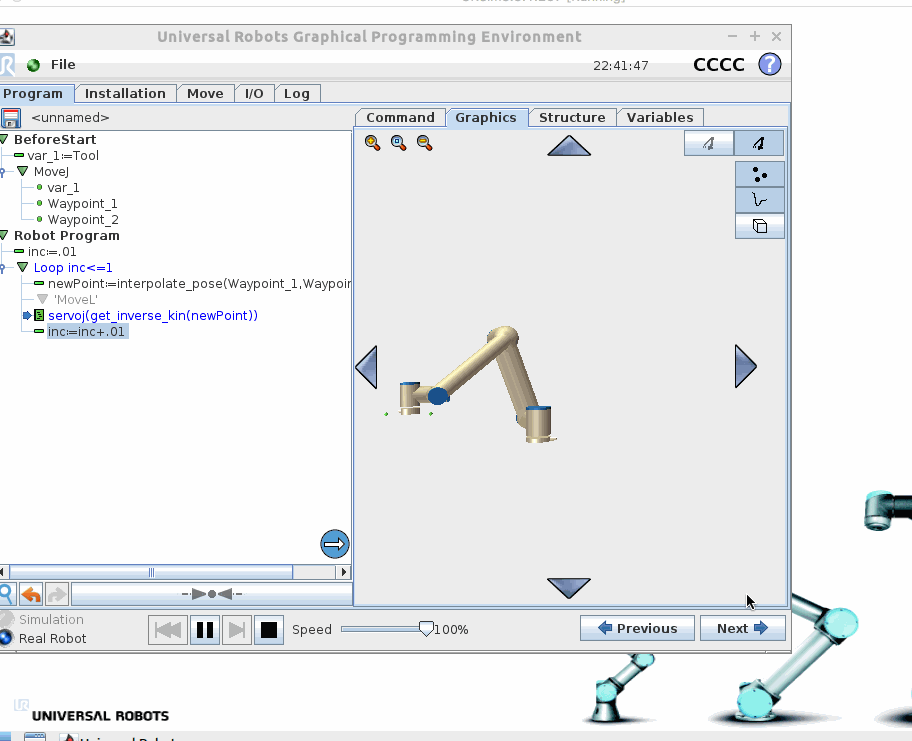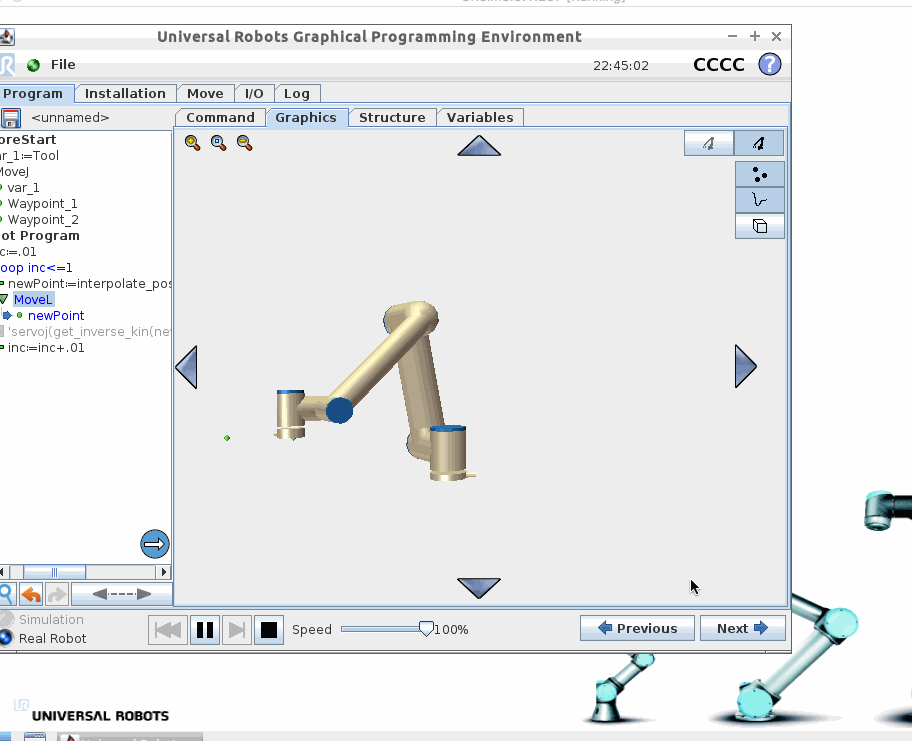@Sebastien You can use the Path node under a Camera Locate node but it has to be a relative path. The procedure is to first insert a MoveL node and to define a first relative waypoint. This will be the starting point of you relative path. Then you can record the path. After you check the relative path checkbox and you are done.
At runtime the Camera Locate node will get the object position. It will then offset the first move reference frame which will move the robot to the path staring point. Then the trajectory will be played relative to that starting point.
 Samuel_Bouchard
Samuel_Bouchard
Very nice! One example we often hear is dispensing on parts laid out on a pallet but not in a perfectly structured / fixtured way.
 Fabio_Facchinetti
Fabio_Facchinetti
For me can be useful for gluing and deburring!! what is error between acquired path and real shape?
 Samuel_Bouchard
Samuel_Bouchard
In this combination, shouldn't we add also the imprecision of the Camera Locate @Etienne_Samson ?
 Fabio_Facchinetti
Fabio_Facchinetti
Ok sorry... I was wondering that path could be learned from camera due to edge shape recognition ...
 Fabio_Facchinetti
Fabio_Facchinetti
Very smart function B)

 PierreOlivier_Proulx
PierreOlivier_Proulx
 Alexandre_Pare
Alexandre_Pare
 Etienne_Samson
Etienne_Samson
 Stefan_Stubgaard
Stefan_Stubgaard
 matthewd92
matthewd92


Instead of using a move under a Vision Locate can you use the path recording?